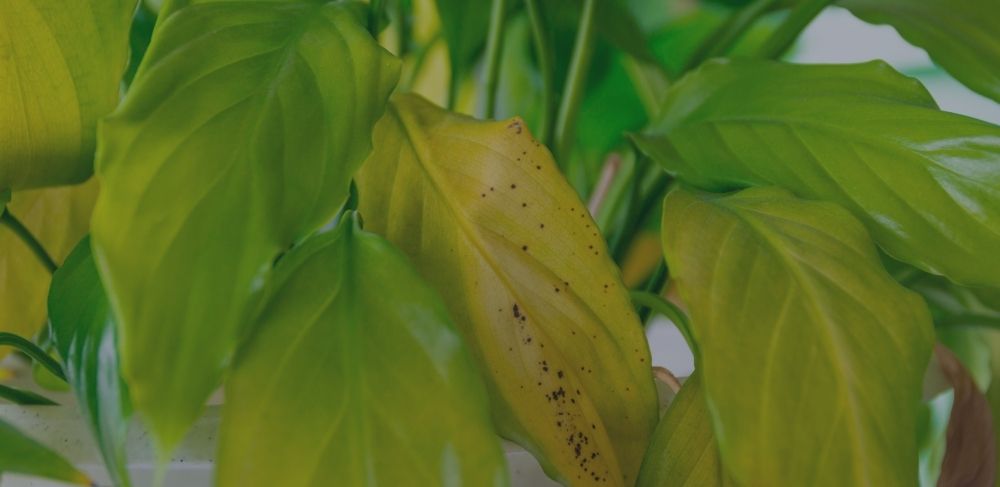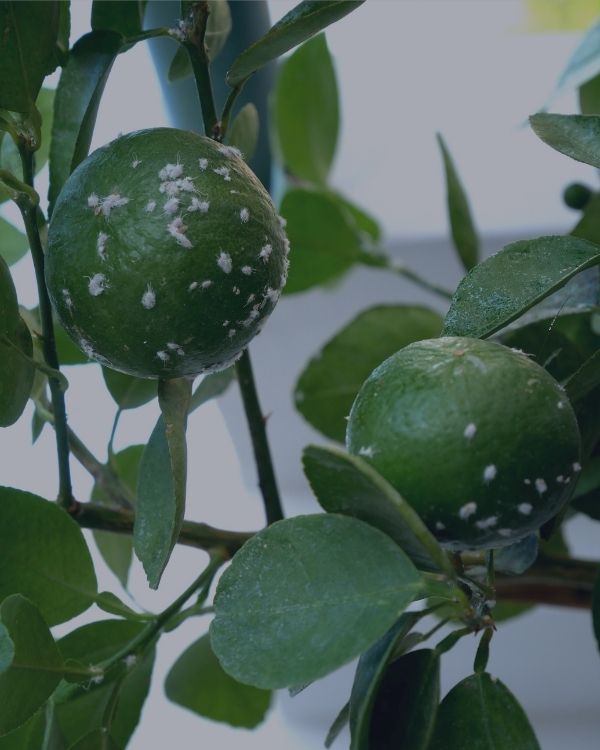How To Recognize Indoor Plant Insects
Houseplants are often a favorite among homeowners because they offer so much beauty and can be easily taken care of. But did you know that, just like people, houseplants have their own unique set of needs? A healthy plant has strong stems with non-wilted leaves which retain their shape. If the opposite happens then there may not only come trouble for your beloved decoration, but also its life span could potentially decrease significantly. In order to keep your home plants healthy and pest-free, it is important that you take immediate remedial action when the symptoms of an infestation show up. If left unattended, insects can spread throughout a plant’s canopy, causing total destruction in short time!

There are always symptoms!
Insects can be a real problem for plants, especially if they feed on the leaves. The most common signs of an infestation are spotted or speckled leaves with distorted patterns that might also show up as cupped shapes at leaf attachment points to stems. Webbing along undersides where it rains regularly is often an indicator, too!
Have you heard about honeydew? Insects have the ability to secrete a substance called honeydew, which can cause leaves to become unusually shiny and sticky. This may encourage sooty mold growth on those same surfaces.
The best way to identify an insect is by looking for its physical marks. Inspect leaves and stems, especially along new growth or where stem meets leaf tissue.
Houseplant pests are terrible things to have in your home. In fact, if you don’t keep an eye on them regularly, they can multiply rapidly and cause significant damage! Taking a look on a weekly basis or so is the best practice for inspecting plants, watching out especially during summer when hot weather brings more active insects into contact with your plants.
Common insects to look out for
Common Brown Scale
Brown soft scale insects are most often found on plants. They’re about 3-4 mm long and inconspicuous, unless you know what to look for, like the ovate shape or brownish coloration in shades from yellow (olive) to amber. Scales give this creature its name due, largely because they have a rough scale appearance in brown shades.
One that stands out because of their reproductive characteristics is the scale insect. Its not an ordinary bug; it can reproduce both sexually or parthenogenetically and give birth by hatching eggs while still in its mothers’ body! This means you can’t really get rid of the eggs unless you kill off all adults. Once they’re gone, only young crawlers will be left.
Scale can cause real problems for indoor plants because the indoor temperature is stable all year-round. The pest will likely reproduce around the clock if left unattended. Fortunately, though, scales are fairly immobile creatures, meaning that it is possible to control them in one place by limiting their movement cycle inside your home.

Mealybugs
Though mealybugs may look like a common brown scale insect, they’re actually an unarmored type of bug. This means that while their slow movement and tendency to hide out in unexpected places makes them difficult to spot. What really sets these pests apart is how easily transferable it can be.
Mealybugs are covered in waxy secretions that give them their cotton-like appearance, and they breed very fast! The females can deposit around 600 eggs in loose masses of silk on leaves or along stems.

Aphids
Gooey aphids are the most common unwanted houseplant pests. They aren’t normally on tropical plants, but they love to feed off of food crops in someone’s home. Their favorite way for getting sap comes from: piercing plant leaves, which leave behind a sticky residue like honeydew.
The aphid is a soft-bodied insect with easy to squish features. It’s also viviparous, meaning it gives birth without wings. But if you see aphids that have wings, then this means their colony got too crowded, and they’re looking for new houseplants.
Common Whitefly
Whiteflies are tiny insects that look like moths. They can easily be mistaken for other pests like mealybugs.
The average life cycle of a whitefly is about two weeks. After they hatch, eggs will go through an incubation period that lasts less than one week. After that, they start hatching and crawling around on plants with their mouth parts in order to suck juices out of it.
If you’re looking for an easy way to get rid of whiteflies, all it takes is catching them with yellow traps, because this little insects are attracted to yellow colors.
Red spider mites
They’re not really insects, they’re Arthropods and that makes them just as bad. They can be difficult to get rid of because these pests love eating plants in your garden or house!
Spider mites are nearly invisible to the human eye. You often need a magnifying lens, but if you spot some webbing on your plant and little brown spots, then chances are that they are on your plants.
Conclusion: Observation is key!
Houseplants are great for adding life and color to your home, but they can also be challenging. If you notice early signs that something isn’t right with one of them, like wilted leaves or browning stems, then take action before it’s too late!
A healthy houseplant has strong stalks with non-wilted leaf blades on top. Its flowers should remain looking fresh, despite the different colors.
The common houseplant is always at risk for pest attacks, but even experienced gardeners will sometimes have to get rid of the plague.
So keep an eye on your plants and avoid damage before it’s too late.





